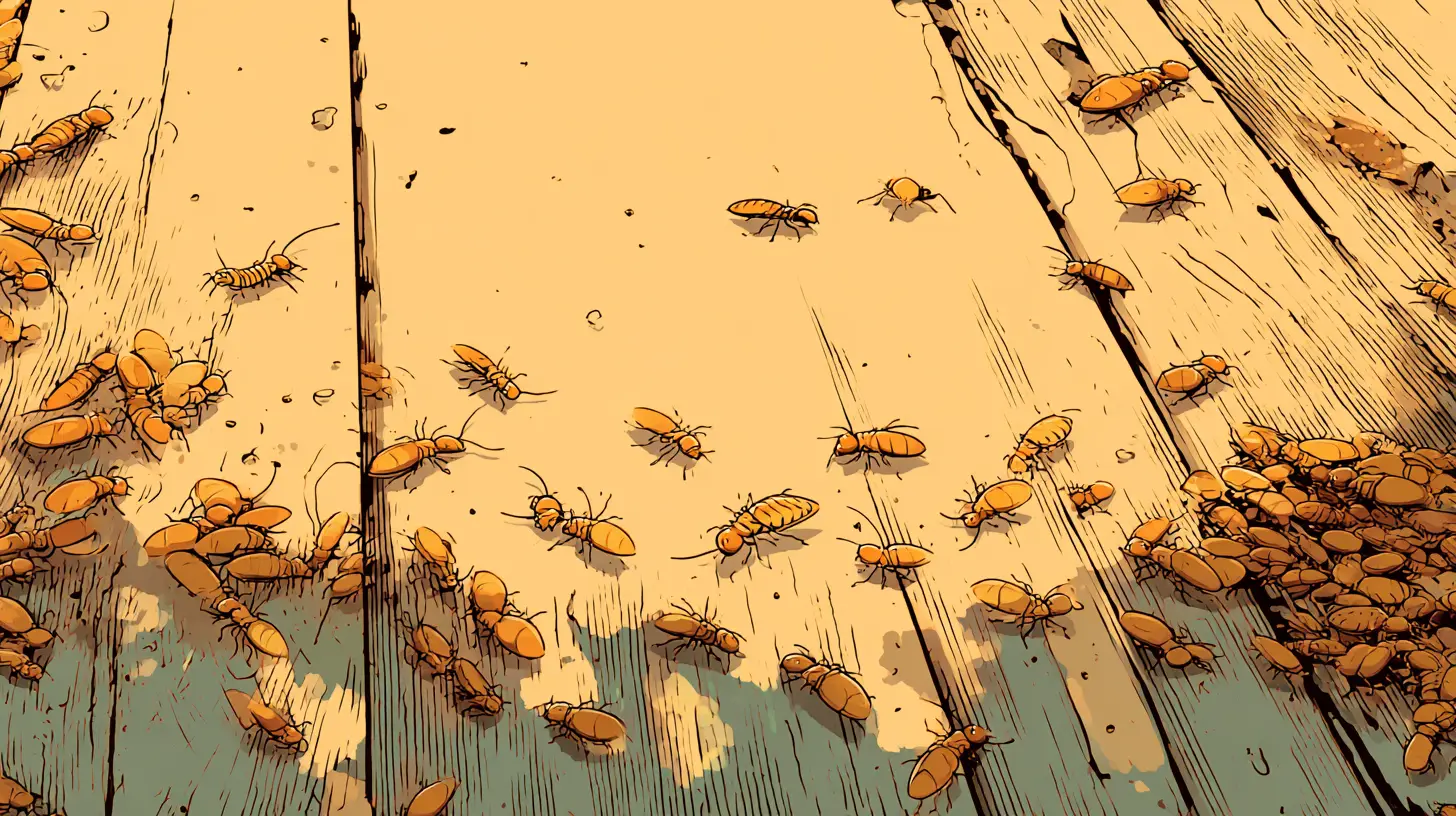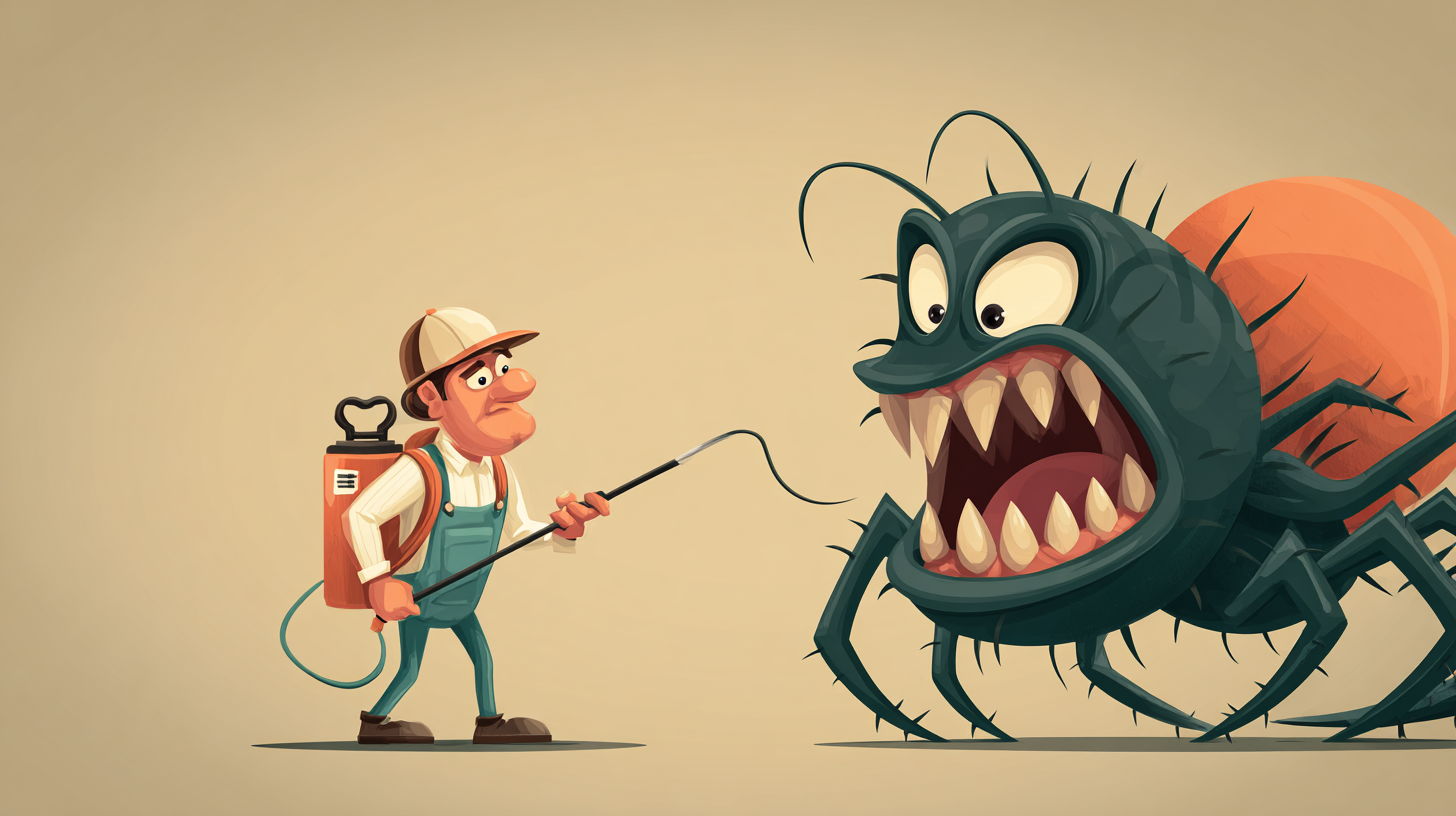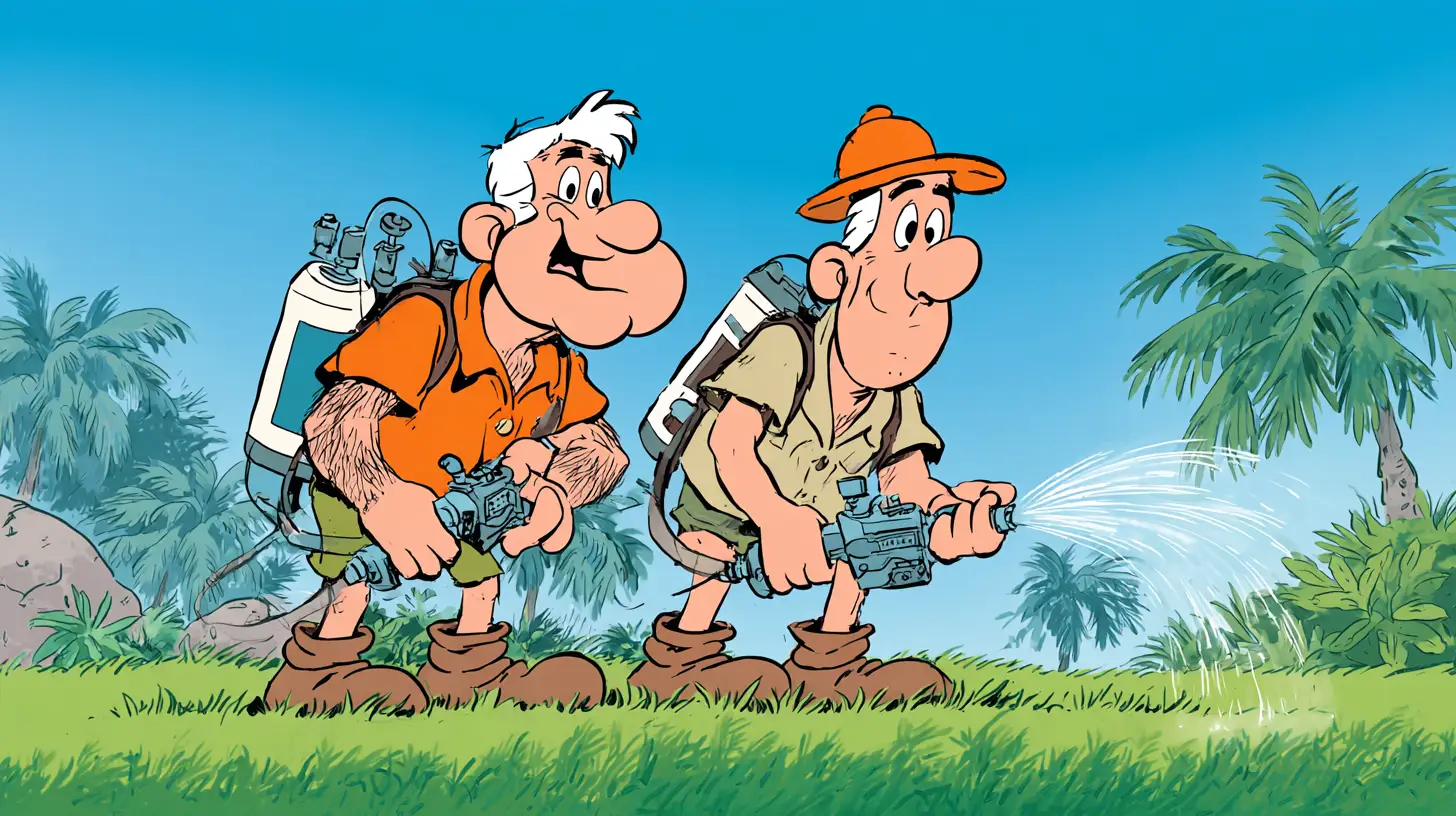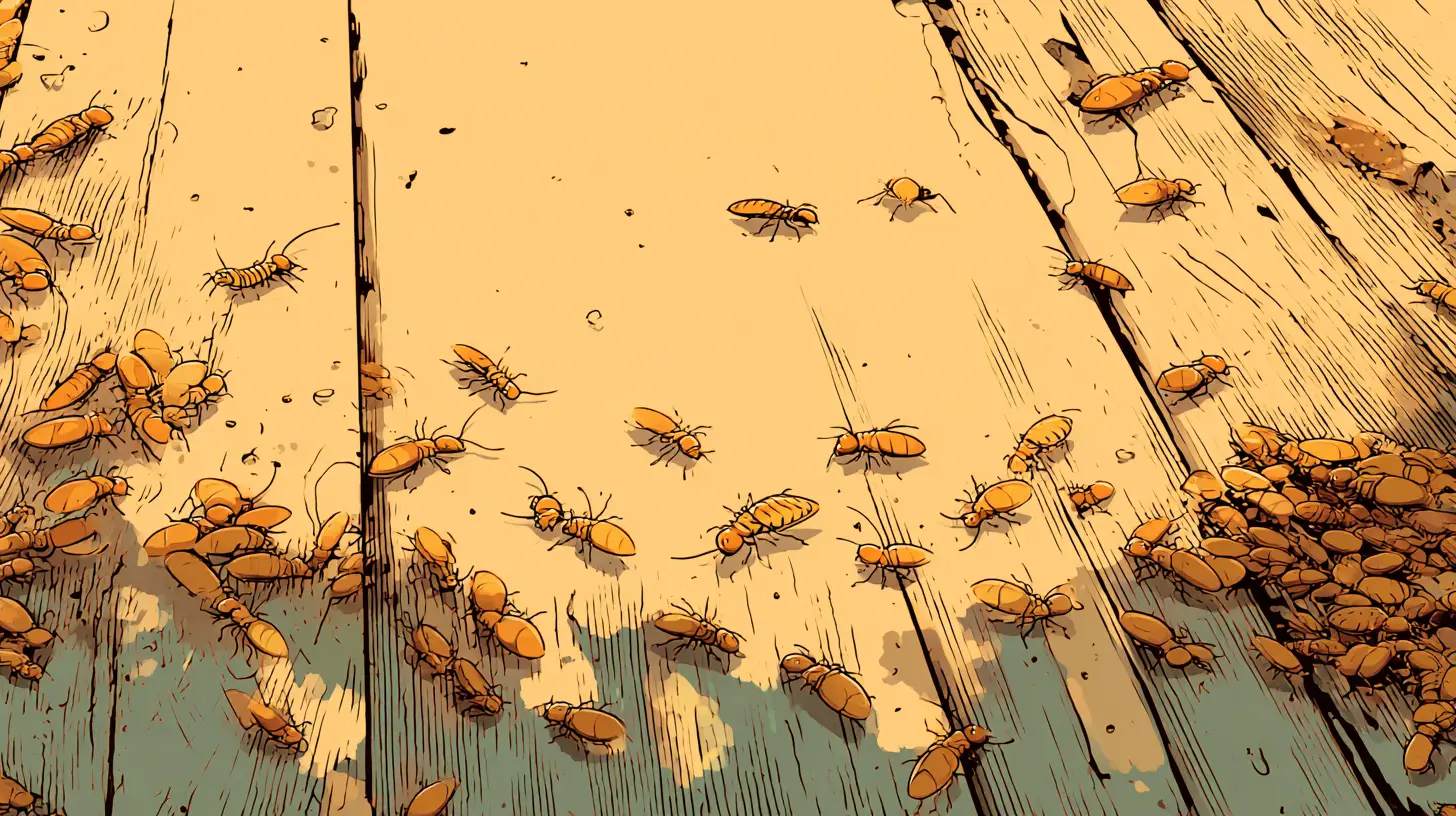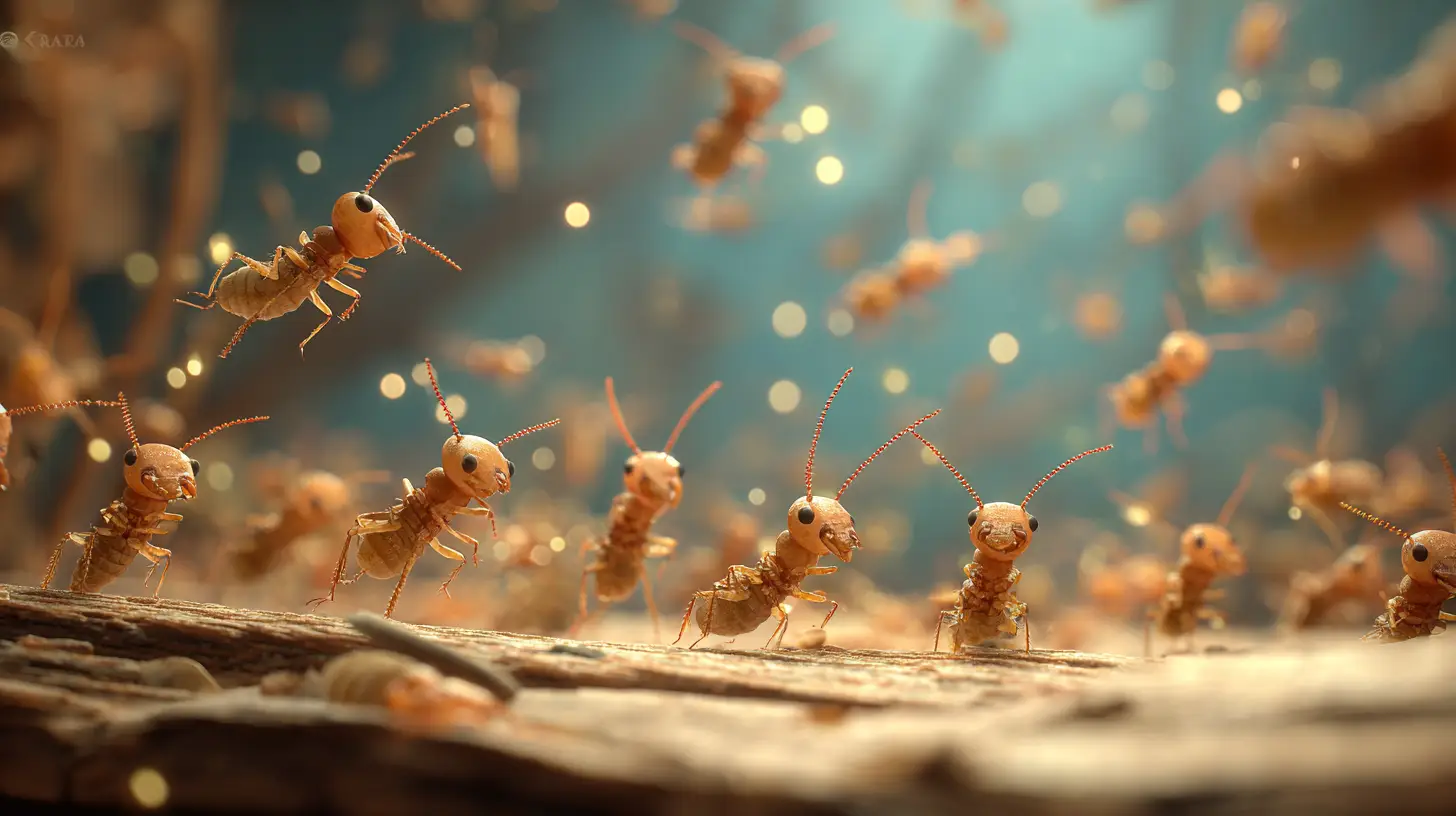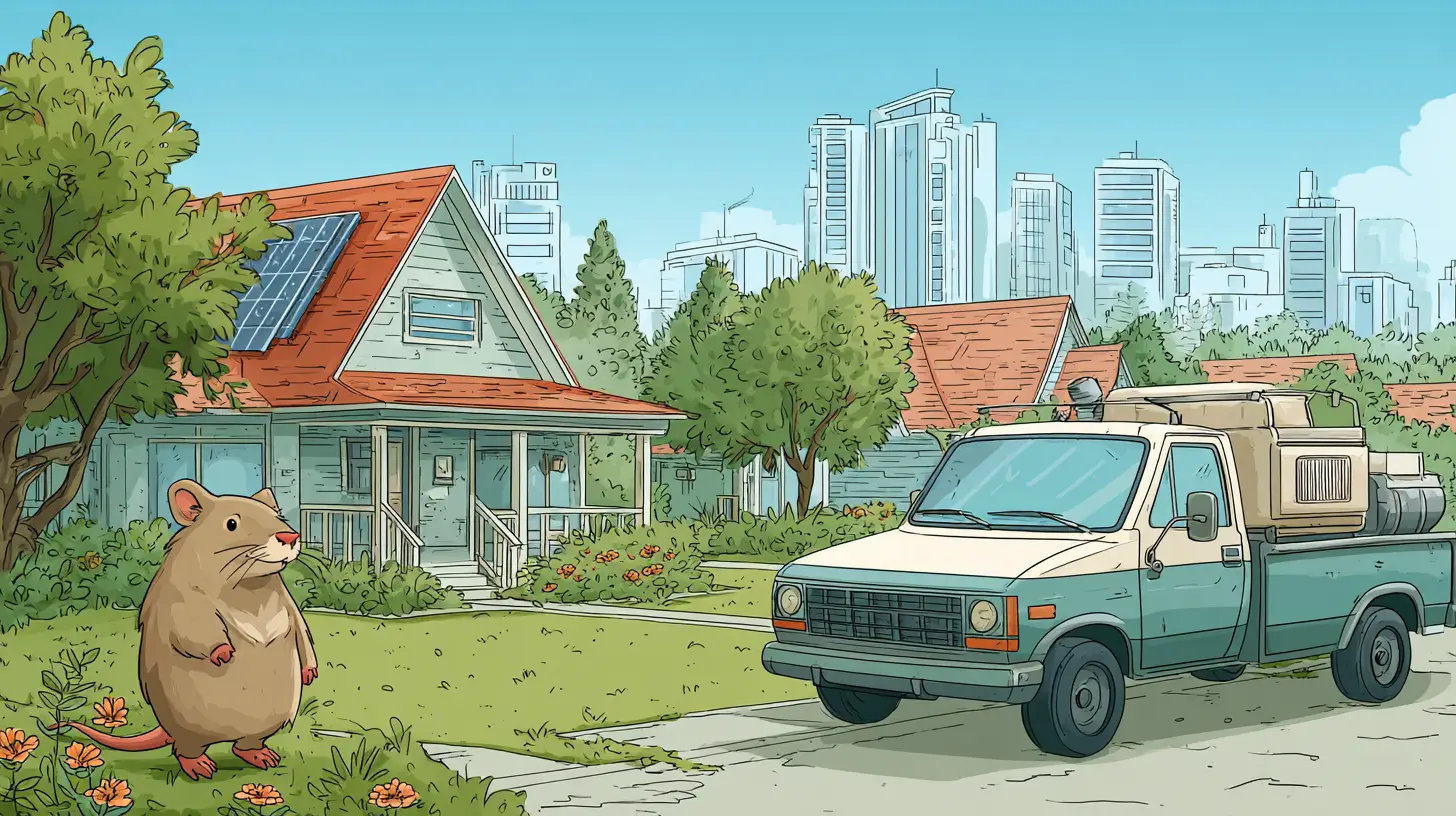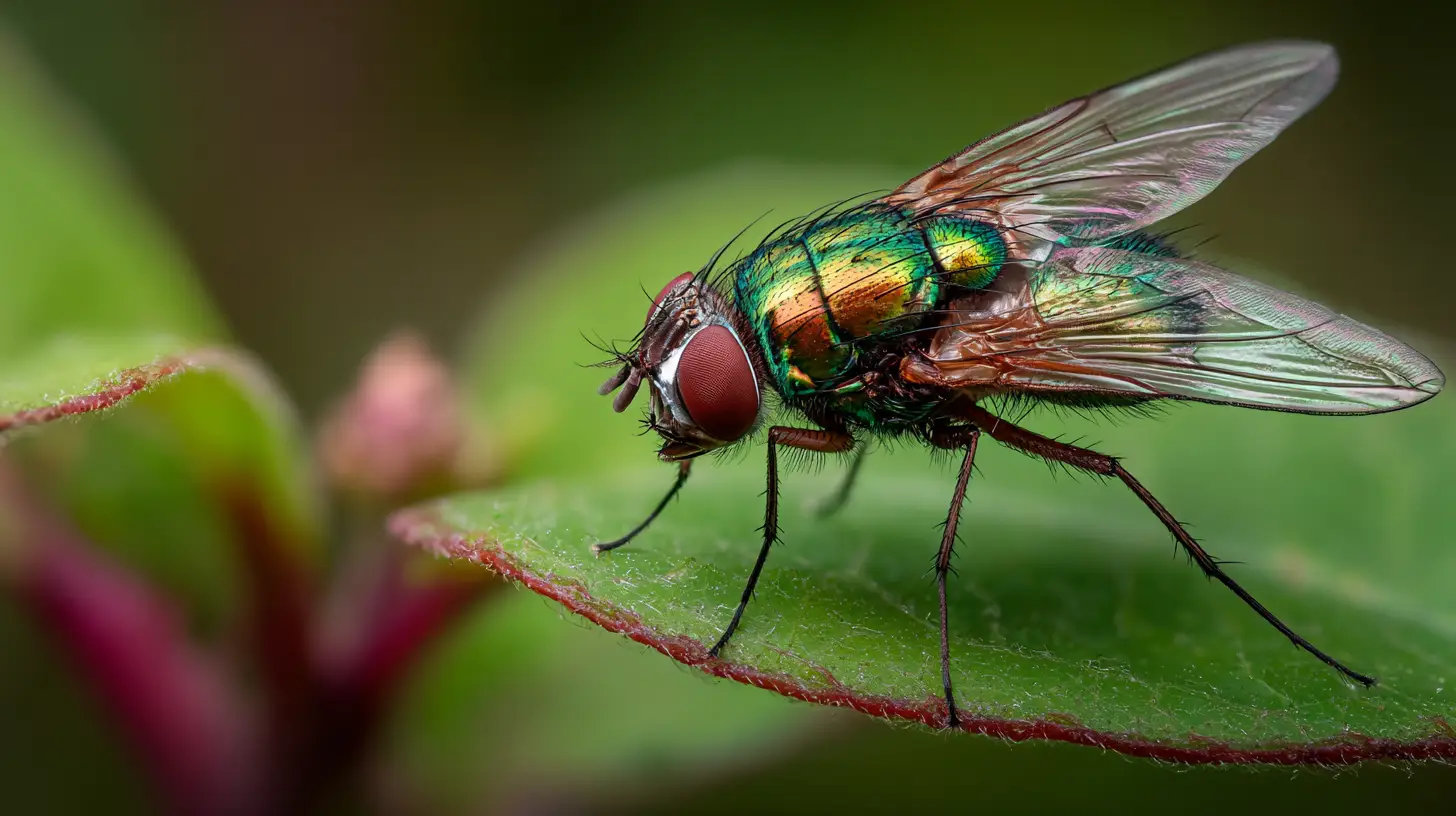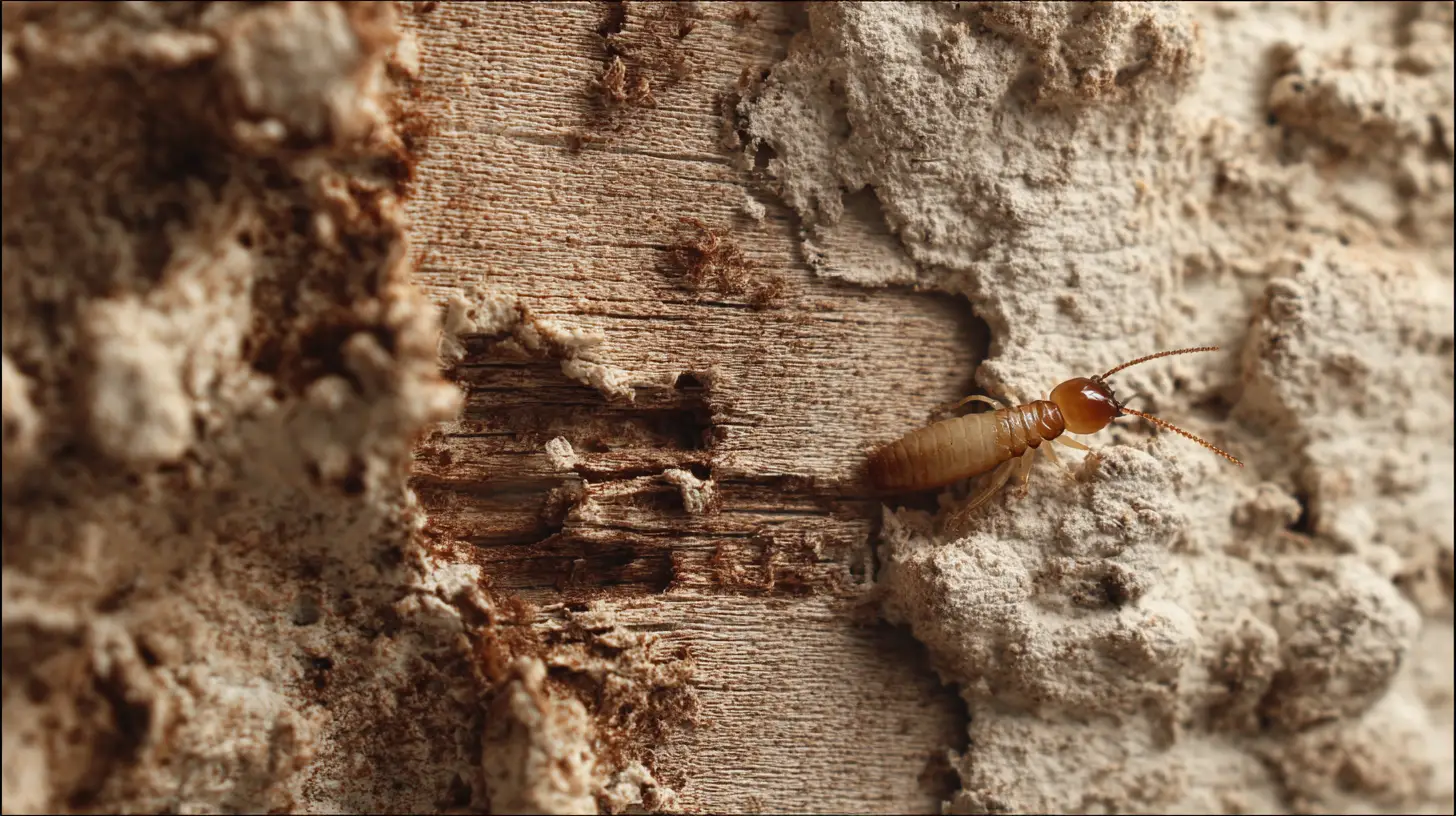
Table of Contents
Here’s the thing: for a lot of us raising kids and pets in Lakewood Ranch, the lawn isn’t just a patch of grass. It’s where the toddler chases bubbles barefoot. It’s where the dog rolls belly-up after a morning walk. It’s where neighborhood kids cut across the yard in flip-flops, laughing their heads off on the way to the pool.
It’s also where you might pause, looking down at the grass, and wonder: Is what I’m putting on this lawn safe for the little hands and paws playing on it?
Because while it’s easy to fall into the routine of grabbing whatever fertilizer is on sale at the big-box store, the idea of synthetic chemicals lingering in the soil or washing into the nearby pond starts to feel… not great. Especially if your kid’s latest hobby involves making grass angels or stuffing fistfuls of dirt into a toy dump truck.
The good news? You don’t have to choose between having a lush, healthy lawn and keeping it safe for the people and pets who love it most.
Key Takeaways
- Organic fertilizers are a safe, effective way to nourish your lawn without synthetic chemicals.
- Espoma Organic Lawn Food, Milorganite, and Dr. Earth are reliable options for family yards.
- Water in fertilizer and let the grass dry before letting kids and pets back out.
- Natural fertilizers improve soil health while reducing long-term exposure concerns.
- A healthy lawn isn’t perfect—it’s a place where memories are made.
Why Natural Fertilizers Matter Here
Lakewood Ranch is known for its family-friendly vibe. We’ve got playgrounds tucked into neighborhoods, splash pads, dog parks, and more sunny days than we know what to do with. A lot of us spend real time outside—morning coffee on the patio, impromptu picnics on the grass, weeknight soccer games in the backyard.
So it makes sense that many homeowners are moving away from fertilizers loaded with synthetic chemicals and leaning into organic, eco-friendly options. Not because anyone’s chasing perfection. But because we want the grass under our feet to be healthy, safe, and welcoming.
Organic fertilizers use natural ingredients like bone meal, composted manure, kelp, and alfalfa to feed the soil over time. Instead of blasting the grass with a quick jolt of nutrients (and whatever else comes along for the ride), they work with the natural ecosystem under the lawn—encouraging microbes, improving soil structure, and building resilience.
And for families with kids or pets? Fewer synthetic chemicals means fewer worries about what’s sticking to bare feet or furry paws.
So… What’s Actually Safe?
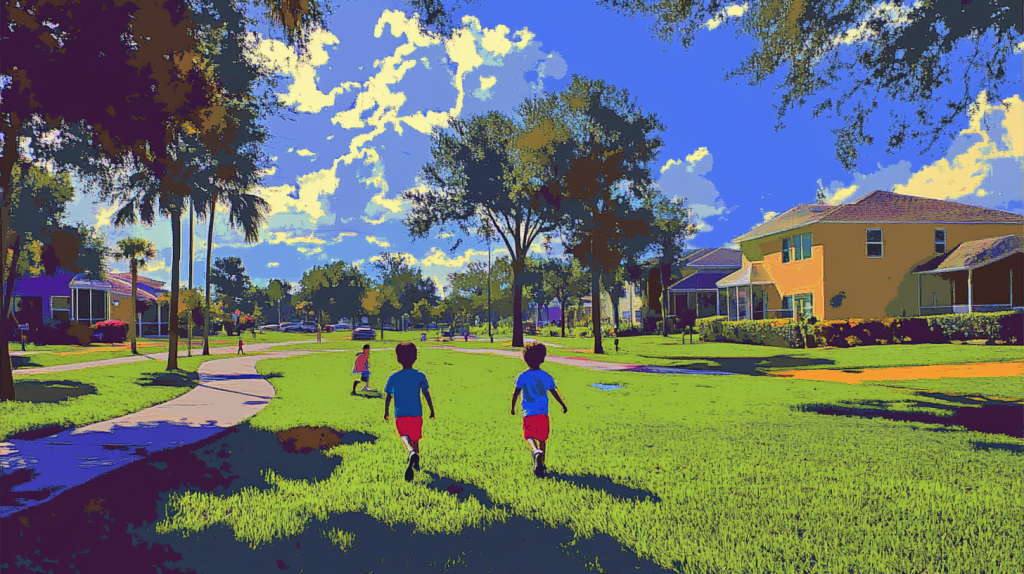
If you’ve ever stood in the lawn care aisle staring at dozens of bags, it can feel like a guessing game. Which ones are truly kid- and pet-safe? Which ones are just using nice-sounding words on the label?
Here are a few solid options that have earned trust with families:
- Espoma Organic Lawn Food: Made with natural ingredients like feather meal and poultry manure, this fertilizer feeds slowly and gently. It doesn’t contain synthetic chemicals, and once it’s watered in, the lawn is considered safe for kids and pets to play. Plus, it works well with St. Augustine, Bermuda, and Zoysia—the main grass types you’ll find in Lakewood Ranch.
- Milorganite: This one’s been around forever, and there’s a reason it keeps showing up in conversations about safe fertilizers. Made from recycled organic material and heat-treated to eliminate pathogens, Milorganite offers iron for rich green color without relying on heavy nitrogen. Many families appreciate that it doesn’t require a long waiting period to use the yard after application.
- Dr. Earth Lawn Fertilizer: What sets this one apart is the addition of probiotics—beneficial microbes that help break down organic matter in the soil. It’s safe for kids and pets, and it works well in our sometimes sandy Florida soils by improving water retention and nutrient availability.
Each of these fertilizers supports the idea that feeding the soil creates a healthier, stronger lawn—one that’s more resistant to weeds, drought, and pests without needing chemical interventions.
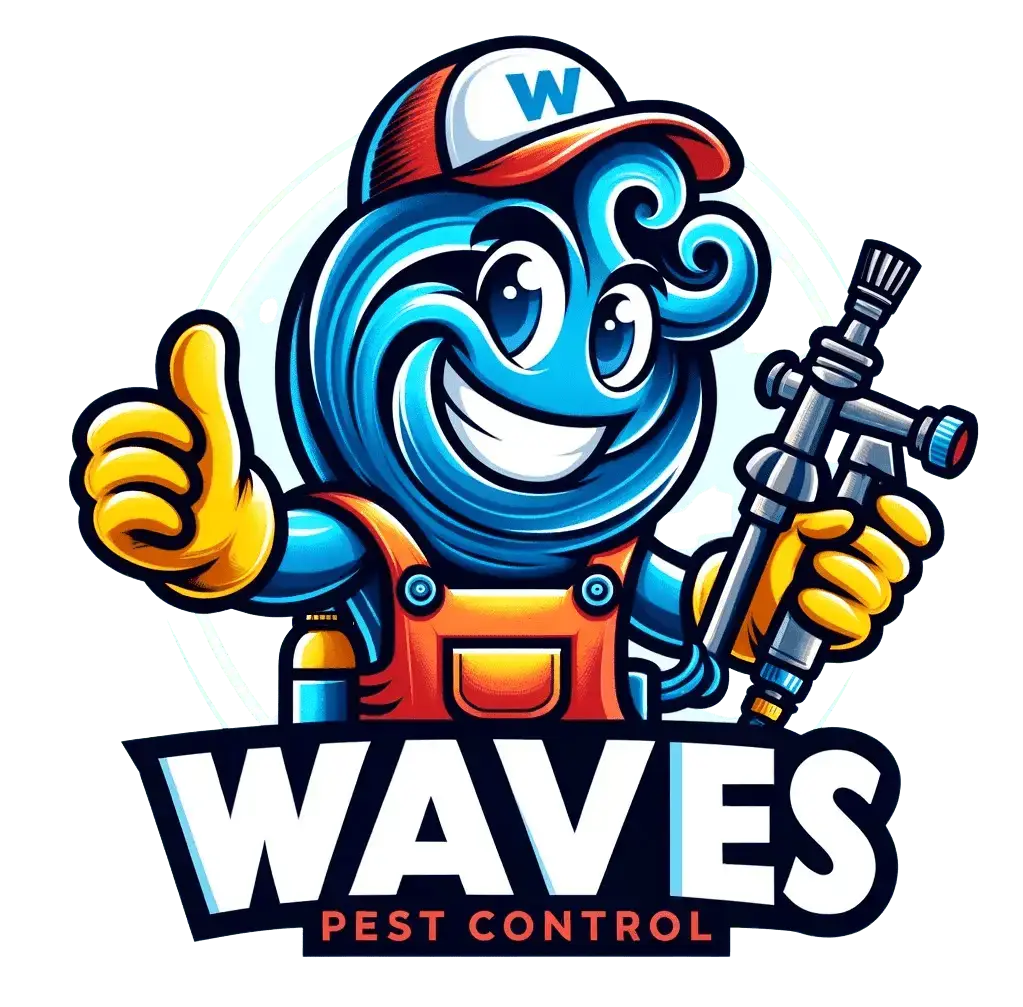
Get Pest-Free Today!
Trust Waves Pest Control for expert pest solutions in Florida. Call now or request your free quote online!
Request a QuoteHow Long Should You Wait Before Letting Kids Play?
It’s a fair question—and one that comes up a lot. No one wants to fence off the yard for three days just because they fertilized.
The short answer: with organic fertilizers, most manufacturers say the lawn is safe for play once the product has been watered in and the grass is dry. Some parents choose to wait an extra day just to be safe, especially if they’ve got little ones who spend a lot of time sitting or crawling in the yard.
With synthetic fertilizers, you may be looking at 24 to 72 hours, depending on the product and whether it includes herbicides. Those labels often include “keep off” warnings for a reason.
It’s worth knowing that while many fertilizers—even synthetic ones—are considered safe when used properly, concerns about long-term exposure are common among parents. Natural fertilizers reduce the chance of introducing unnecessary chemicals into play spaces.
Beyond the Bag: Small Shifts That Help

A safe, beautiful lawn isn’t just about what you spread on it—it’s about how you care for it all year.
Some simple things you can do:
- Add compost once or twice a year to enrich the soil.
- Mow your grass a little higher to naturally shade out weeds.
- Water deeply but less often to encourage stronger roots.
- Skip “weed and feed” products that combine fertilizers with herbicides.
And if there are bare spots under trees or high-traffic zones? Consider swapping in groundcovers, mulch, or a seating area instead of trying to force grass where it struggles.
It’s Not About Perfect
There’s something really freeing about deciding that your lawn doesn’t have to be flawless to be beautiful. It doesn’t need to look like a golf course. It needs to feel like a place where your kids can cartwheel and your dog can snooze in the sun.
A lawn that’s fed with natural, safe fertilizers may take a little longer to green up in the spring or bounce back from rough patches—but it rewards you with something deeper: a healthier, more resilient space where the people (and pets) you love can play freely.
And if a few dandelions pop up? Well, maybe the kids will blow the seeds and make wishes, and maybe that’s the kind of magic we all need more of.
Frequently Asked Questions (FAQs)
What fertilizer is safe for kids?
Organic fertilizers made from natural ingredients are generally the safest choice for families. Products like Espoma Organic Lawn Food, Milorganite, and Dr. Earth Lawn Fertilizer are popular among Lakewood Ranch homeowners because they’re free from synthetic chemicals and don’t require long waiting periods before kids can enjoy the yard. Always follow the product label and water it in well after application.
How long after fertilizing can kids play?
It depends on the type of fertilizer you use. With many organic options, kids can safely play on the lawn right after it’s been watered in. If you’re using a synthetic fertilizer, it’s often recommended to wait 24 to 72 hours and give the lawn a thorough watering before letting kids or pets outside. When in doubt, check the label for any safety instructions specific to the product.
Is fertilizer safe for kids and pets?
Not all fertilizers are created equal. Some synthetic products can leave residues that aren’t ideal for kids or pets who play or lounge in the grass. Choosing organic fertilizers or those labeled “pet- and kid-safe” can reduce these concerns. Look for slow-release, natural formulas that nourish the soil without harsh chemicals. And as a general rule, water the fertilizer into the lawn to help it absorb and settle before letting little feet or paws back outside.
Is Scotts fertilizer safe for kids?
Scotts offers a variety of lawn fertilizers, and the safety guidelines can vary depending on the specific product. Some of their fertilizers require keeping kids and pets off the lawn until the product has been watered in and the grass is dry. Others, like their organic line, may allow earlier access. Be sure to read the label carefully and follow any precautions listed to keep your family safe.

